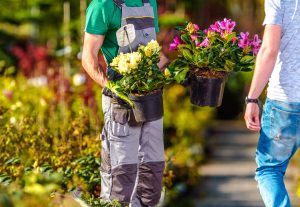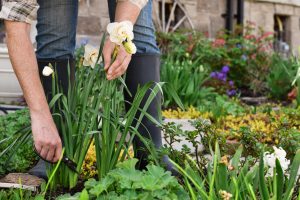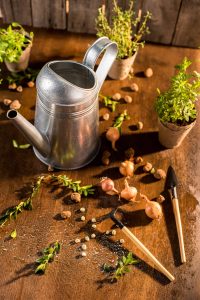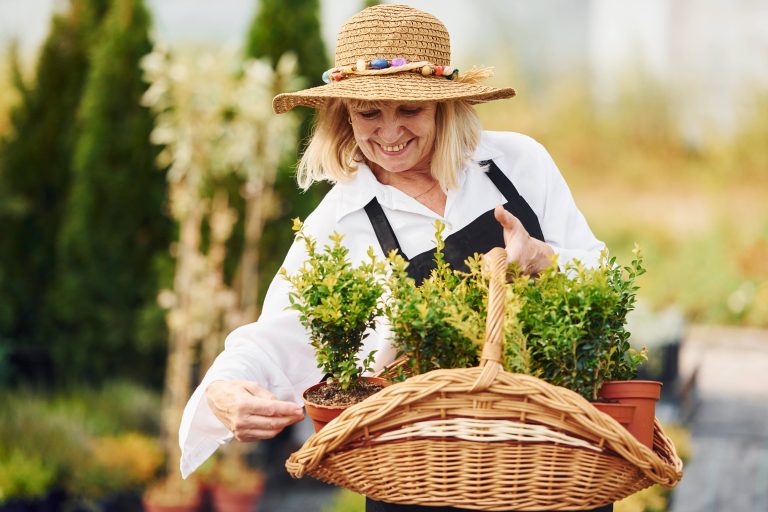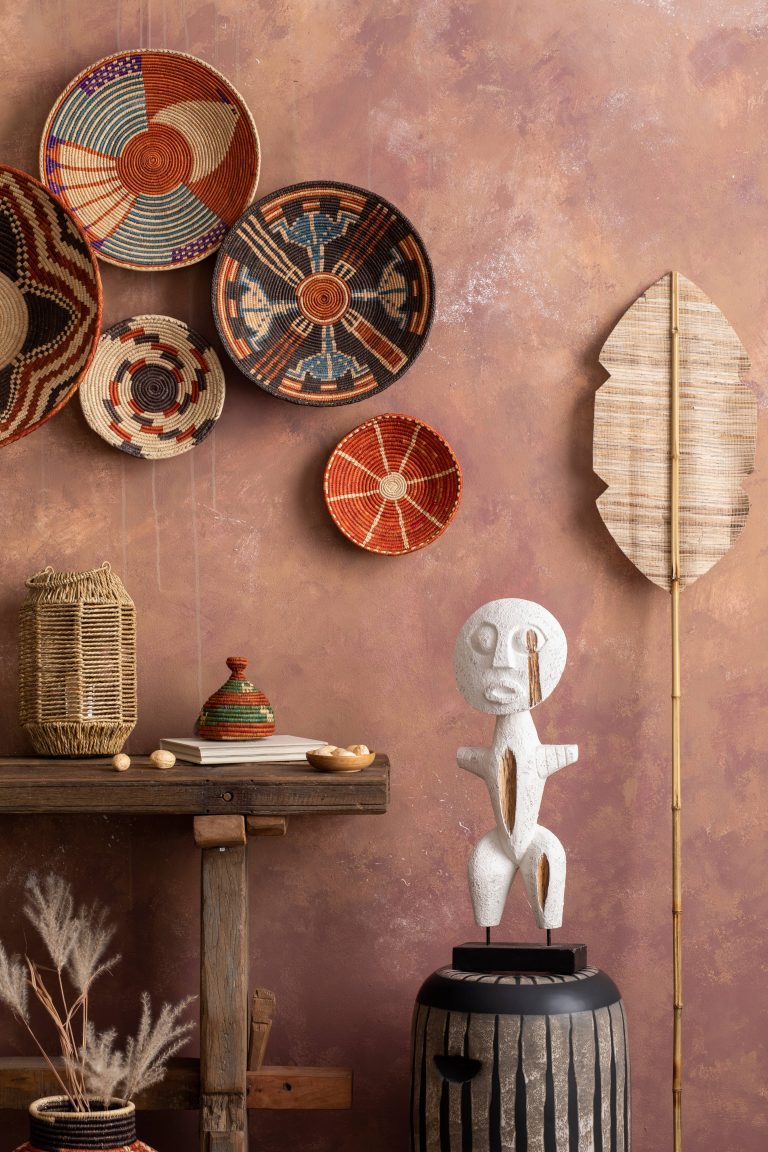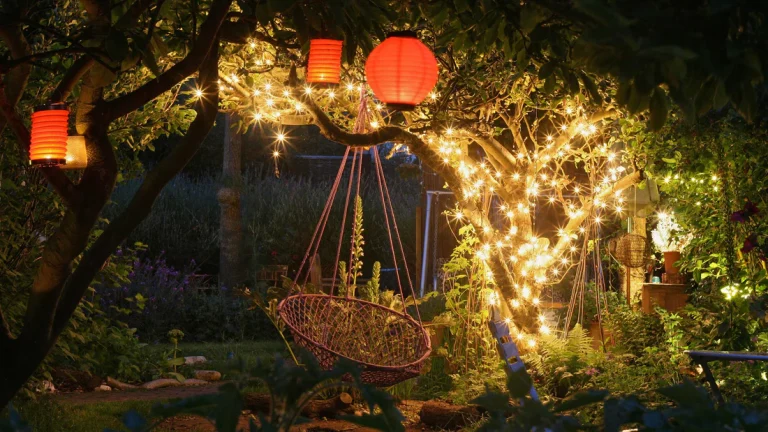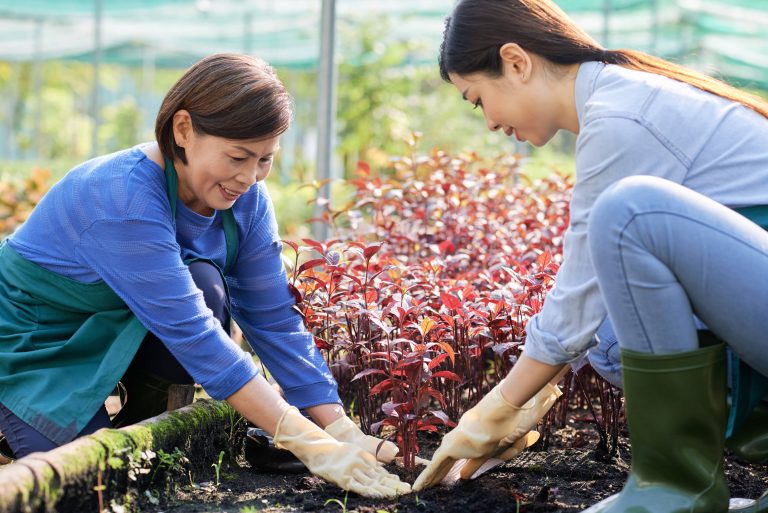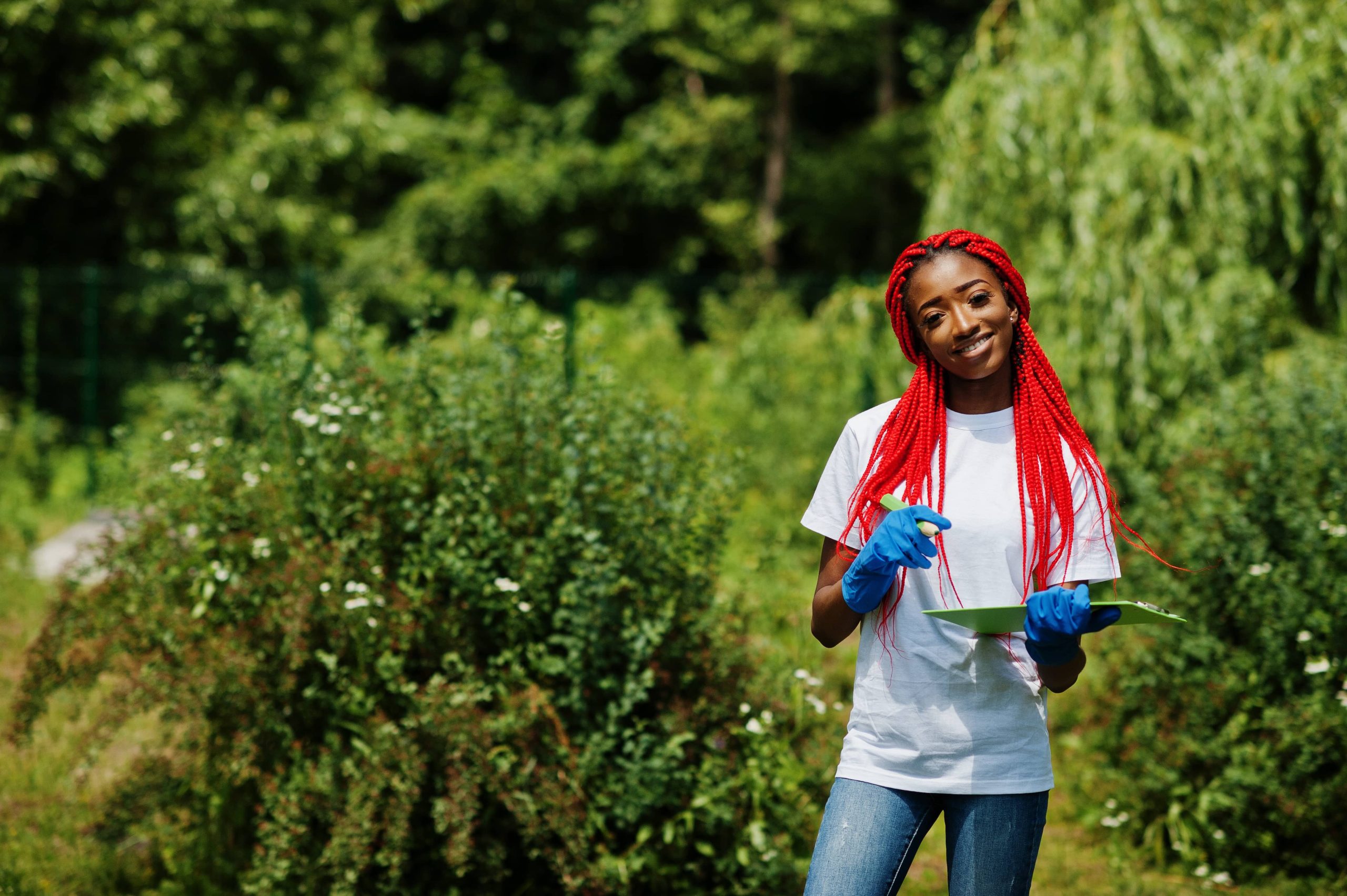
Butterflies are enchanting creatures fluttering gracefully in gardens, symbolizing beauty and transformation. For many gardening enthusiasts, attracting these delicate pollinators is not just a delight but also an essential step toward ecological balance. Building a garden that supports butterflies involves intention, care, and a fundamental understanding of what these lovely insects need to thrive. In this article, we will explore how you can transform your outdoor space into a butterfly haven, offering insight into the plants, gardening practices, and habitat features that cater to their lifecycle.
Understanding the Butterfly Lifecycle
Before diving into the specifics of plant choices and landscape design, it’s crucial to understand the lifecycle of a butterfly. Butterflies go through four stages: egg, caterpillar (larva), chrysalis (pupa), and adult butterfly. To truly support these creatures, a garden must cater to every stage of their development:
1. Egg: Female butterflies lay eggs on specific plants that caterpillars will feed on once hatched. These are known as host plants.
2. Caterpillar: After hatching, caterpillars primarily eat and grow, requiring ample foliage from their host plants.
3. Chrysalis: In this stage, caterpillars undergo metamorphosis. Providing safe spots for this transformation is essential.
4. Adult Butterfly: Adult butterflies feed on nectar from flowers. They will also need places to rest and lay their eggs to complete the cycle.
Selecting the Right Plants
Creating a butterfly-friendly garden starts with selecting a combination of host and nectar plants. Here’s a closer look at some popular options:
Host Plants
Host plants are specific to the butterfly species you aim to attract. Different species lay their eggs on different plants. For example:
– Milkweed: A must-have for monarch butterflies, milkweed is the only plant where monarchs will lay their eggs.
– Parsley, Fennel, and Dill: These are favored by the Eastern Black Swallowtail.
– Passiflora (Passion Vine): Attracts Gulf Fritillary butterflies.
Research the native butterfly species in your area and choose host plants accordingly to increase your chances of attracting them.
Nectar Plants
Nectar plants provide food for adult butterflies. Opt for a diverse array of flowering plants that bloom at different times of the year:
– Lantana: Known for its vibrant colors and abundant nectar.
– Coneflower (Echinacea): A favorite among butterflies and also presents a striking display in any garden.
– Butterfly Bush (Buddleja): As its name suggests, this plant is excellent for attracting butterflies.
– Zinnias: Easy to grow and offer long-lasting blooms.
Garden Design and Layout
The layout of your garden can also significantly impact its ability to attract and support butterflies. Here are some useful design tips:
Sun and Shelter
Butterflies are cold-blooded and need the warmth of the sun to fly and feed. Plant your garden in an area that receives at least six hours of sunlight each day. However, also offer some areas of shelter by planting taller shrubs and trees that can protect butterflies from wind and predators.
Water Sources
Butterflies drink water from shallow puddles or moist sand. You can create a “puddling” station using a shallow dish filled with sand and water. This can be an easy and effective addition to your butterfly garden.
Avoid Pesticides
One of the most crucial aspects of creating a butterfly-friendly garden is to maintain a chemical-free environment. Pesticides can be harmful to butterflies at all life stages. Instead, use organic gardening practices such as companion planting and manual pest removal to manage pests naturally.
Additional Habitat Features
Beyond plants, certain features can enhance your garden’s attractiveness to butterflies:
– Resting Spots: Butterflies are known to bask in the sun to raise their body temperature. Flat stones or decorative elements placed in sunny spots can serve as ideal resting places.
– Structures for Chrysalides: Include twig piles, bark, or taller grasses where caterpillars can safely pupate. These areas should be undisturbed to allow successful metamorphosis.
Educating and Engaging Family and Visitors
A butterfly garden is not only an ecological boon but also an educational platform. Engaging your family and visitors in identifying different butterfly and caterpillar species can make gardening an interactive experience. You can install signs labeling plant species and including pictures and facts about butterflies to create an educational trail for curious minds.
Conclusion: A Commitment to Conservation
Creating a garden that attracts and supports butterflies requires dedication but rewards you with a vibrant, lively space enriched with the beauty of nature. By choosing the right plants, designing thoughtfully, and maintaining ecological practices, you are nurturing these creatures through each stage of their life while contributing to their conservation.
Butterflies play a vital role in pollinating plants and sustaining diverse ecosystems. By helping to preserve butterfly populations, your garden becomes a small sanctuary where nature can flourish. Now it’s time to roll up your sleeves, grab your gardening tools, and start planning your butterfly haven. Enjoy the magic that butterflies bring as they dance amongst your flowers, bringing both beauty and ecological balance to your outdoor space.

